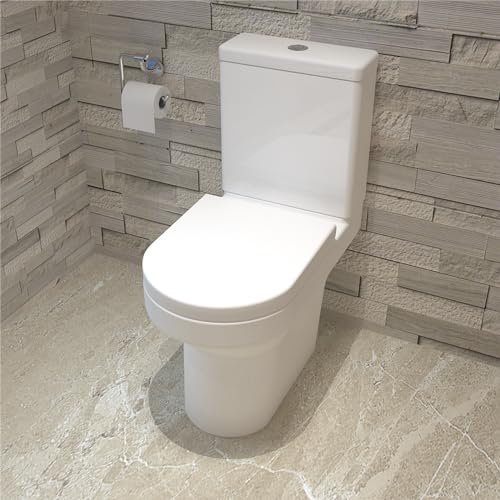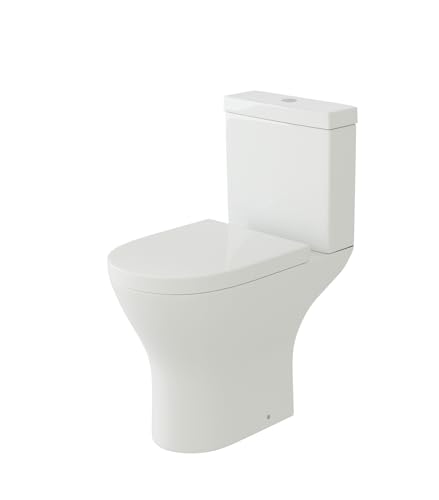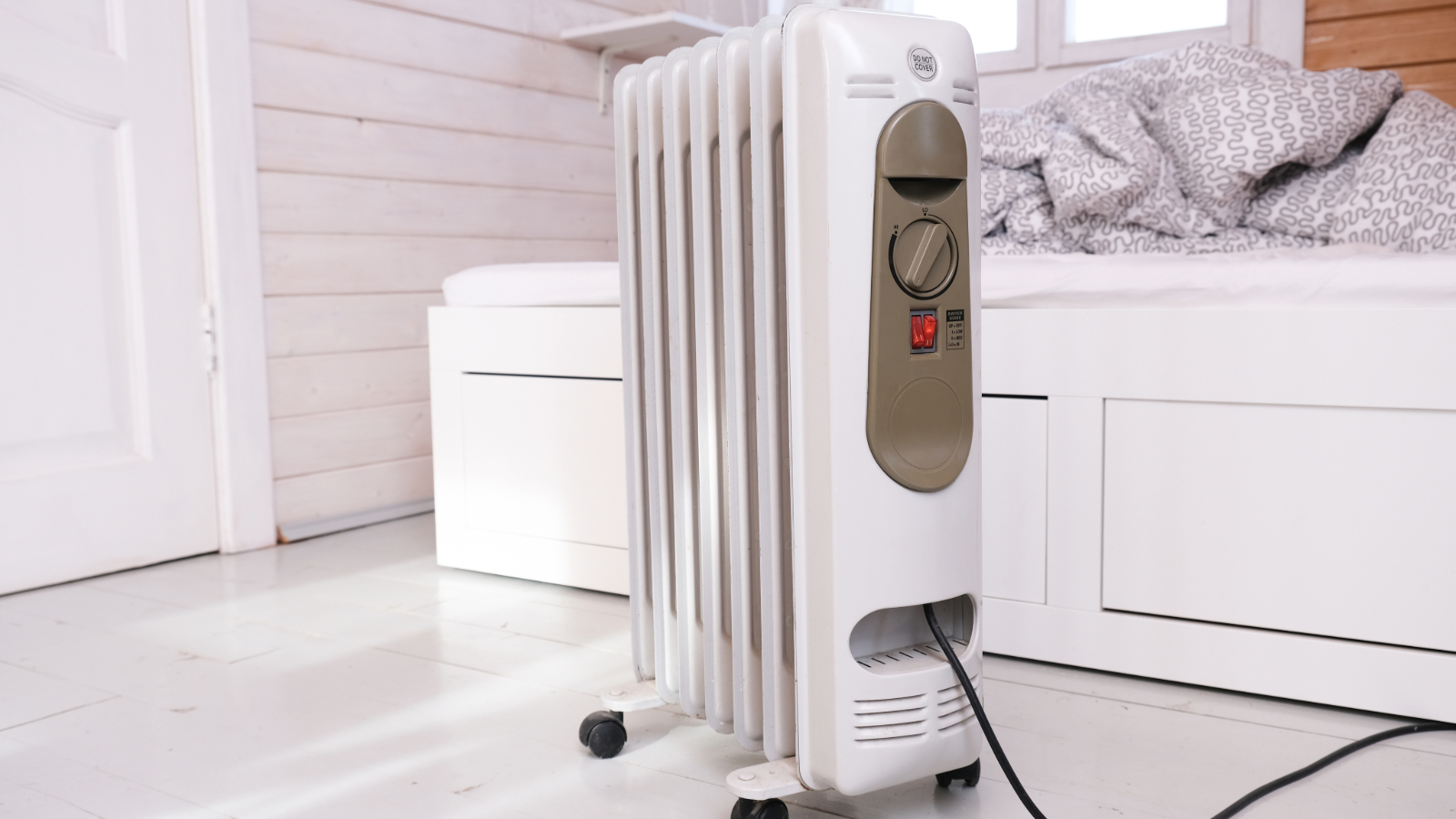How much does it cost to flush a toilet?
How much does flushing your toilet add to your water bill? Get expert insights and tips to lower the cost
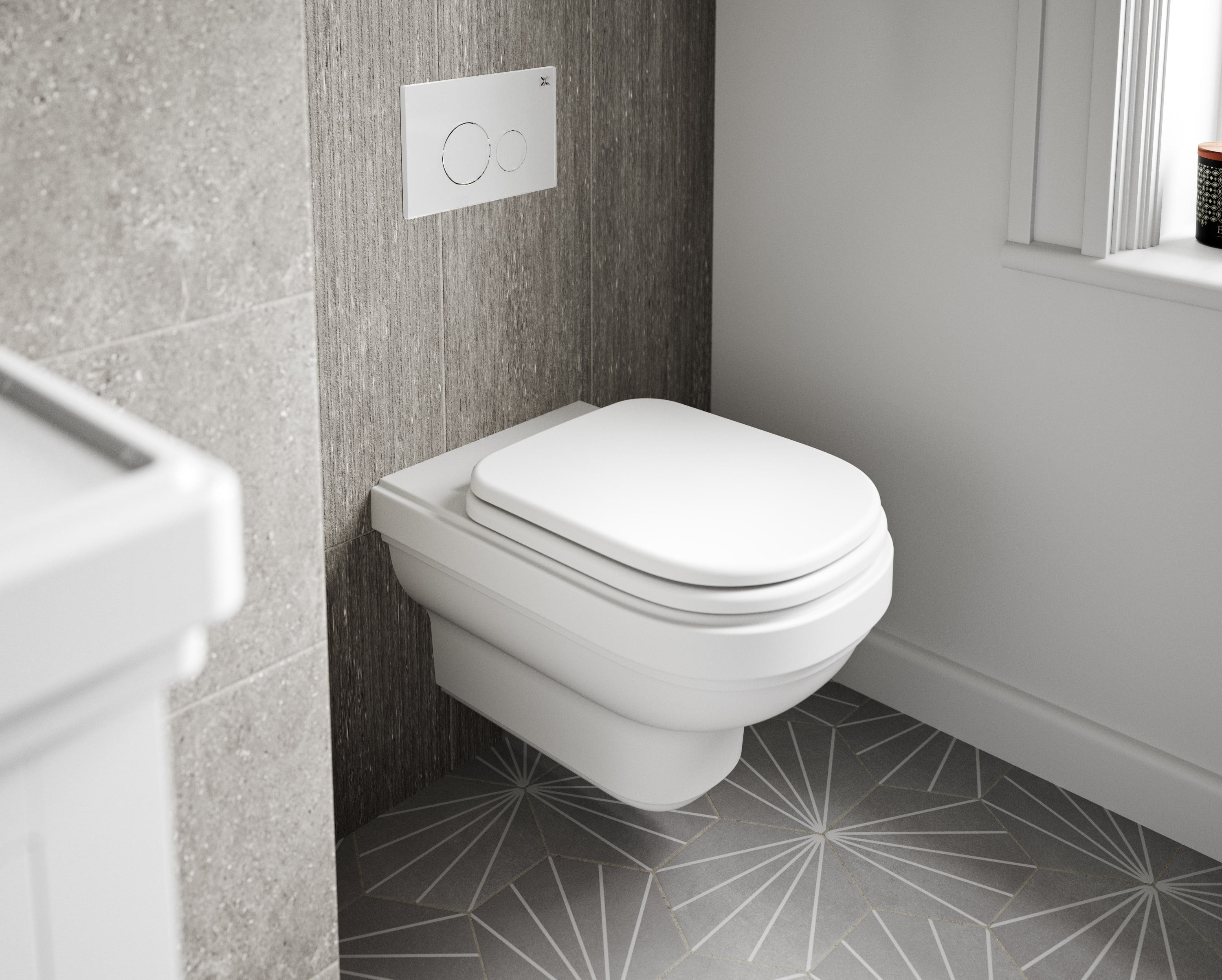
With water bills rising across the UK, many homeowners are asking: how much does it cost to flush a toilet?
The answer depends largely on the type of toilet you have, your water usage habits, and whether your property is on a water meter.
Understanding these factors can help you make informed choices to save water and save you money.
How much does a toilet flush cost?
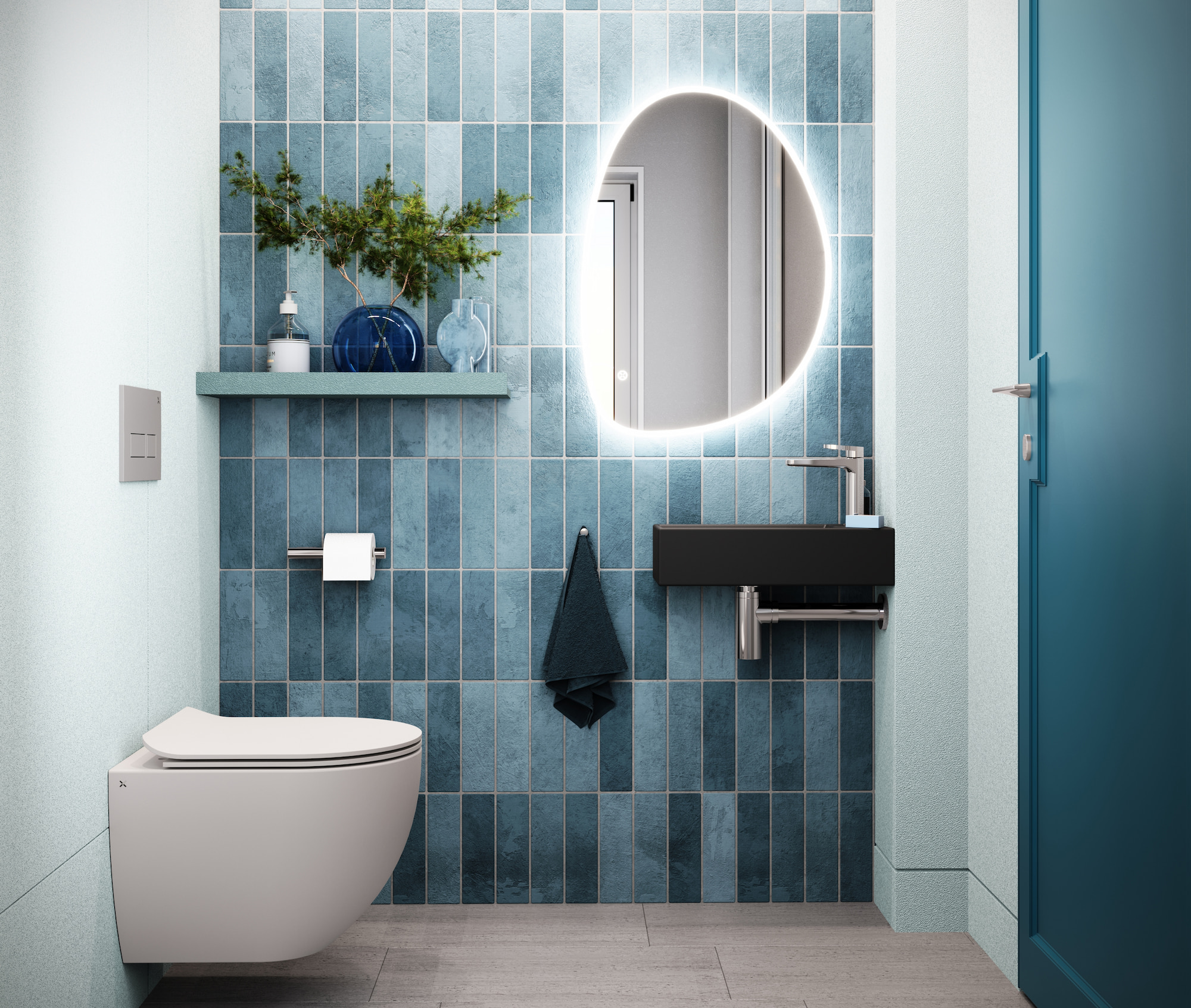
The cost to flush a toilet varies based on water usage per flush and local water rates. According to Waterwise, the UK’s leading water efficiency charity, older toilets typically use around 13 litres per flush.
On average, flushing an older single-flush toilet costs about 4p per flush in water, whereas a dual-flush toilet reduces this to approximately 1.5p per flush.
Tim Joesbury-Clarke, head of media at CCW (Consumer Council for Water) said: "There are so many variables to consider, including the type of toilet you have – single flush or dual flush – and the fact that water charges vary across the country. And bear in mind only those who pay metered charges would be affected by this, as they pay for the amount of water they use – rather than unmetered charges."

Tim Clarke is Head of PR and Media at the Consumer Council for Water. His role involves providing leadership and strategic communication to help consumers understand water costs and make informed decisions.
What can cause the price of a flush to increase?
One of the biggest hidden culprits for rising water bills is a leaking toilet cistern.
Bring your dream home to life with expert advice, how to guides and design inspiration. Sign up for our newsletter and get two free tickets to a Homebuilding & Renovating Show near you.
As Northern Ireland Water points out, a leaking cistern can waste hundreds of litres daily – enough to fill several bathtubs – unnecessarily pushing your water bill higher.
Besides leaks, the size of your household and how frequently toilets are flushed also play important roles. Regional differences in water tariffs further affect the overall cost per flush.
What are the cheapest types of toilet to flush?
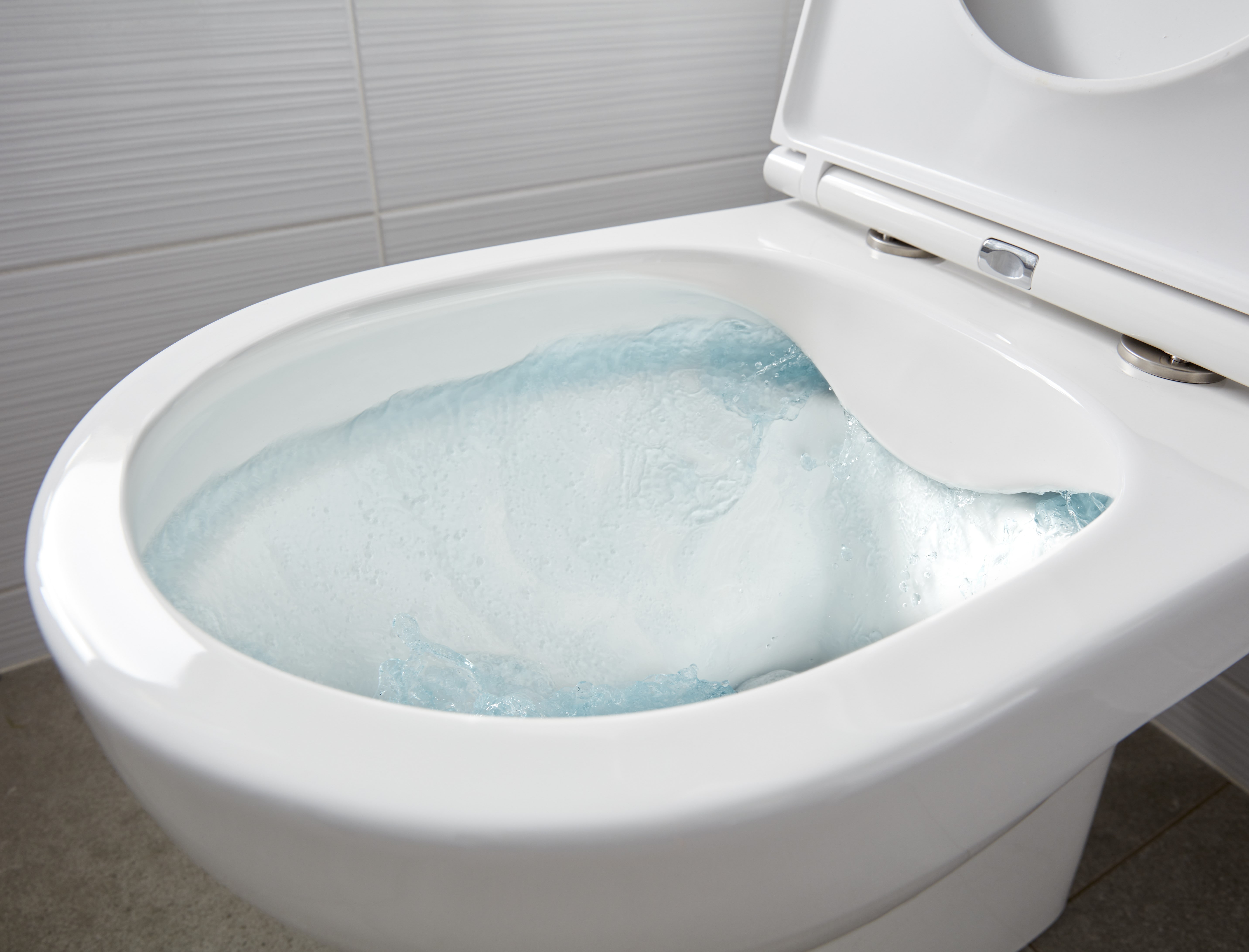
The cost of flushing your toilet can depend on the type of toilet you have in your home.
Modern dual-flush toilets are the most economical in terms of water usage. They provide two flush options: a smaller flush of about 4 litres for liquid waste, and a larger flush of around 6 litres for solids, allowing you to save water and money.
Other efficient bathroom toilet designs such as low-flow and rimless toilets, such as the Uncle Brown smart toilet available on Amazon, can reduce water consumption even further without compromising on flushing power.
James Hickman, CEO of Plumbworld, explains that upgrading your existing toilet to a dual-flush system doesn’t have to be complicated or expensive: “The installation of a dual-flush mechanism is designed to be a straightforward DIY project that most homeowners can manage without professional help."
He added: "The kits are generally universal, fitting most standard toilets, and come with all necessary components and clear instructions. This ease of installation not only saves on upfront costs but also empowers homeowners to cut their water bills.”
This makes it easier than ever for households to make the switch without the added expense of a plumber.

James Hickman has deep experience in the plumbing retail sector, having grown and led Plumbworld, one of the UK’s largest online plumbing and bathroom product retailers.
Best low-flow, dual flush toilets
Tips to save when flushing a toilet
Replacing an older toilet with a dual flush or low-flow model is one of the most effective ways to reduce water bills.
Regular maintenance to detect, fix leaks and prevent toilets that keep running can prevent costly water waste. Using the smaller flush option for liquid waste rather than always opting for a full flush helps conserve water without compromising hygiene.
Additionally, installing displacement devices in older cisterns can reduce the volume of water used per flush without affecting performance.
Though each flush may seem inexpensive, the cumulative effect on your water bill is significant.
By upgrading your toilet and maintaining it properly, you can reduce water consumption and save money.
For more advice and practical tips, trusted resources like Waterwise and the Consumer Council for Water provide valuable guidance tailored for UK households.

Gabriella is an interiors journalist and has a wealth of experience creating interiors and renovation content. She was Homebuilding & Renovating's former Assistant Editor as well as the former Head of Solved at sister brand Homes & Gardens, where she wrote and edited content addressing key renovation, DIY and interior questions.
She’s spent the past decade crafting copy for interiors publications, award-winning architects, and leading UK homeware brands. She also served as the Content Manager for the ethical homeware brand Nkuku.
Gabriella is a DIY enthusiast and a lover of all things interior design. She has a particular passion for historic buildings and listed properties, and she is currently in the process of renovating a Grade II-listed Victorian coach house in the West Country.
